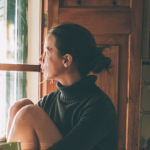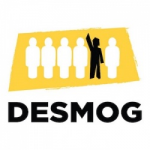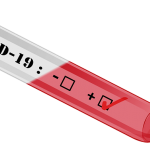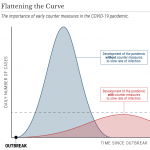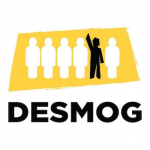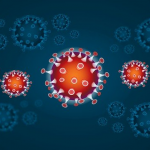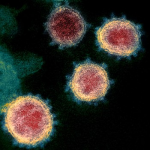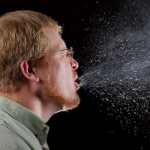For those of you staying at home who might be considering performing CPR, a tracheostomy, or intubating someone in the neighborhood [1], an N95 mask is a necessity; otherwise, you are diverting "war-time" supplies from the first responder and health care army.
COVID-19
"You never let a serious crisis go to waste. And what I mean by that it's an opportunity to do things you think you could not do before." -- Rahm Emmanuel [1]
The website’s strategy is clear: Throw ad hominem attacks as early and as often as possible. Why? Because it works. And the people most eager to spread the lies are self-proclaimed skeptical scientists and journalists.
One way in which COVID-19 is not novel is that the disease follows a set pattern: first onset, then the body’s response, followed (hopefully) by recovery. To get a better sense of how this pandemic might play out, we should consider what we know about COVID-19’s timeline.
At the current time, influenza remains the far bigger threat to global public health than COVID-19. Though COVID-19 has a higher case-fatality rate, influenza infects far more people. Of course, that could change.
Testing performs both diagnostic and treatment roles, and testing for COVID-19 is no exception. Unlike other forms of testing, knowing your COVID-19 status will not alter your disease course or modify specific therapy. But it will determine where you spend the next few weeks, either at home or the hospital.
Extraordinary times call for extraordinary measures. But these kinds of measures can't last forever. The public is willing to tolerate massive disruptions to daily life only when it believes the disruptions will end. Therefore, mitigation is a more viable option.
"Journalists" Sharon Kelly of DeSmogBlog and Lee Fang of The Intercept are spreading disinformation about ACSH and COVID-19.
There are two false narratives emerging on social media that need to be addressed. The first is that the virus is a hoax. The second is that the U.S. is "the next Italy." Both are wrong.
I'm returning to my surgical roots to talk about what’s on our minds: uncertainty, disease, and death. Here are some lessons from 30 years of talking to patients and families about situations that are now very real for us all.
We've been quite busy answering questions about coronavirus, UV light, and hand sanitizer.
For epidemiologists, the most important unanswered question about the Wuhan coronavirus, or COVID-19, is the case-fatality rate. But for the general public, the question is much more personal: "Might I – or anyone I love – get sick and die?"

